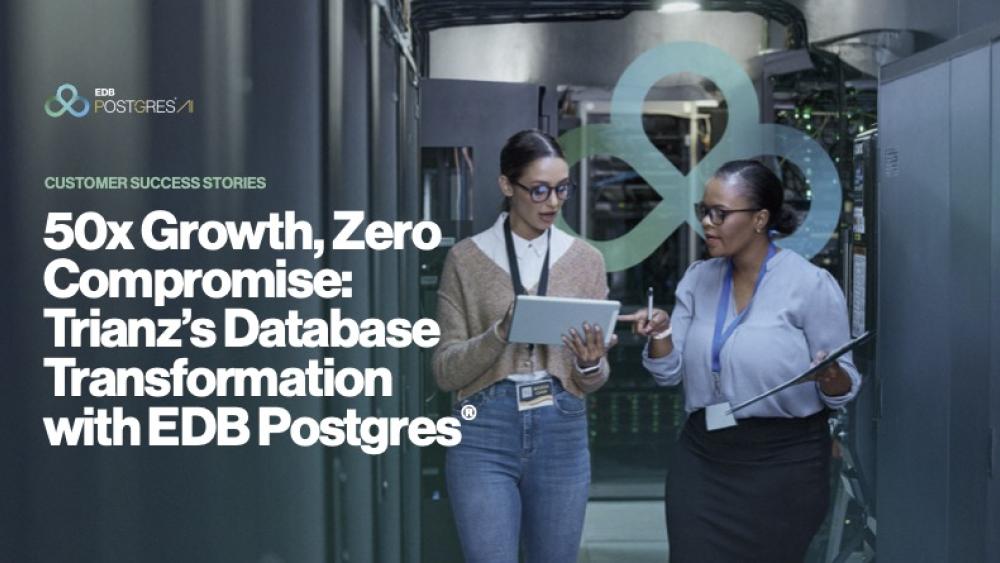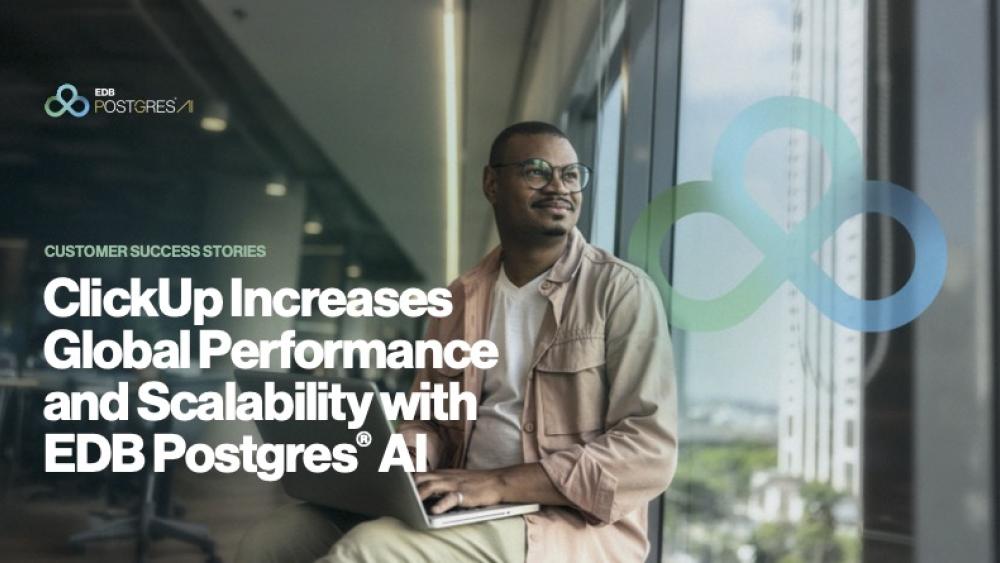Ericsson Integrates EDB Postgres to Increase Performance and Lower Costs
Ericsson powers some of the world’s largest and most complex video platforms, and helps the world’s strongest content brands to deliver personalized, high-quality programming to consumers 24/7. Ericsson’s products, services and insights enable broadcasters, content creators and content owners across cable, satellite and telecoms to accelerate their transformation towards TV in the Networked Society.
Ericsson’s Media Vision predicts the convergence of media and telecoms will result in 26 billion connected devices globally by the year 2020, ushering in a new era of entertainment and connectivity. As the TV and media industry transform, Ericsson is partnering with service providers worldwide to drive this transformation with Ericsson’s unique combination of research based insights, end-to-end portfolio and transformation services.
The Ericsson Content Management System (CMS) – a key part of the Ericsson TV & Media portfolio – addresses creation, delivery and distribution challenges associated with the multiscreen and multiplatform driven media value chain.
Ericsson CMS is a comprehensive platform for the end-to-end management of content operations for the television industry, including content owners, content aggregators, broadcasters and Pay TV operators. In order to keep pace with the increasing demands for volume and performance, the company looked into ways to re-architect the system, which included the database system. During this project, the organization replaced its legacy database system with EDB Postgres™ Advanced Server from EnterpriseDB® (EDB™) to ensure scalability, increase performance and reduce operational costs.
With EDB Postgres, Ericsson met its goals. The new system, completed in 2014, currently supports the content processing for two Ericsson customers, with more planned, and has increased Ericsson’s title ingestion rate from five to 11 titles per minute – an increase of over 100%.
The Challenges
The proliferation of on-demand digital media is widespread. As Ericsson’s customers strived to provide end users with the high quality content they had come to expect, increasing pressure was placed on the IT systems within Ericsson’s Content Management group. The systems needed to support and quickly process a growing amount of content and the company’s legacy database system simply could not keep pace.
In the planning stage, the team determined the environment had to be upgraded, and that the existing system had to be improved to support customers’ increasing transactional load. However, the team realized that increasing the capacity of the environment and supporting more transactions would result in higher costs due to the legacy system’s license fees and maintenance costs.
The Solution with Database Compatibility
As part of a large IT architecture overhaul, the team chose to migrate the legacy database system to EDB Postgres, which provided the necessary scalability, efficiency and performance at a lower cost. EDB Postgres also had database compatibility technology that supported migration from the legacy system. Ericsson chose EDB Postgres because of its proven performance in comparable organizations and the database compatibility with legacy systems. The latter ensured the migration of databases to EDB Postgres ran much smoother. In addition, the company could continue to use existing legacy skills and tools.
This new system, deployed in a Linux environment, supports 11 million titles, 3 million work orders and is currently in use with two customers in production and several more in trial.
“The content management demands being placed on our customers are increasing, and the processing power of our previous infrastructure could not keep up,” said Vladimir Jakobac, product manager at Ericsson. “EDB Postgres provided us with the performance and data management capabilities we needed to provide unparalleled results for our customers – all at an incredibly lower cost.”
Ericsson has built a high performing, scalable and low cost platform ready to meet its customers’ increasing demands for digital content. Central to that is open source-based Postgres from EDB.
“When planning our system re-architecture, we explored NoSQL and document store platforms as potential options, but none provided database compatibility that did not require application refactoring,” said Suresh Neravati, database administrator for Ericsson, “EDB Postgres’ combination of unstructured and relational database technologies provides us the freedom, flexibility and performance for handling unstructured and semi-structured data that we needed to optimally run our system.”
Foundation for the Future
Thanks to the new system, Ericsson Content Management System met its objectives to provide the rapid title ingestion and processing speed its customers needed in order to share content with their clients. By migrating from an expensive legacy system and eliminating high licensing fees, Ericsson’s implementation of EDB Postgres enabled the company to establish a more sustainable, long-term operational model that will allow them to grow with their customers.
Want to see more? Read our EDB customer stories here.



